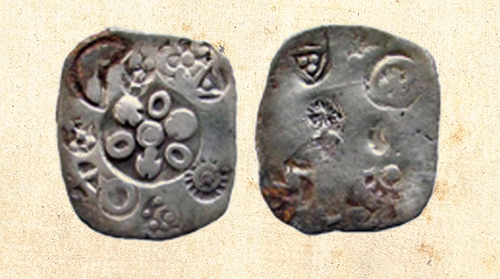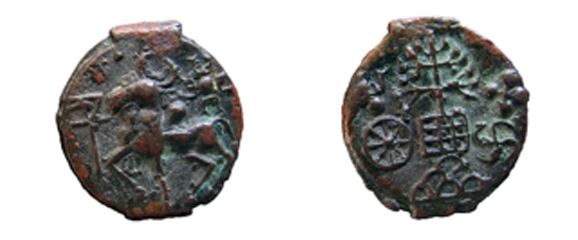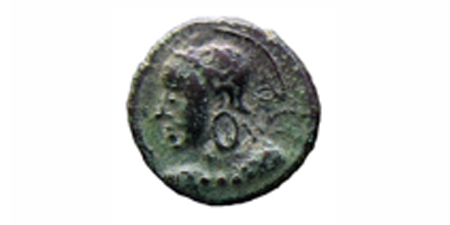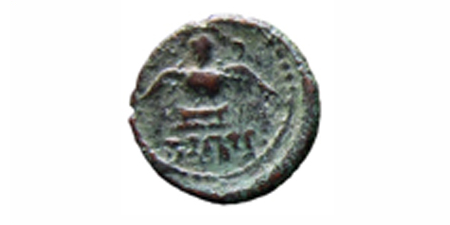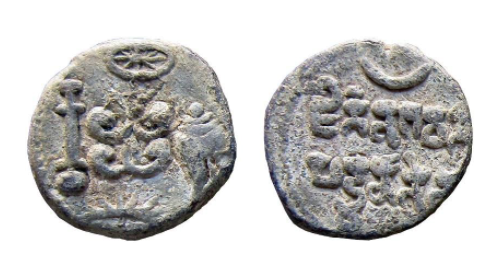The Numismatic Collection Of Hinduja Heritage
The first thing that immediately stands out is that this was a man who was clearly in love with the earliest coins of India. The silver punch-marked coins (c. 6th/5th to 2nd century BCE), which are the earliest coins of India, are represented in large numbers and constitute more than 20 per cent of the collection. Although there are institutional collections which comprise a larger number of these coins, they are mostly built through treasure troves.
Very few individual collectors, on the other hand, are interested in these coins which bear no inscriptions and are difficult to attribute to specific rulers. However, this does not seem to have been a deterrent for Lance Dane. He saw beauty in the antiquity and symbols of these coins and collected them in large numbers. In all probability, he started collecting them considerably early on in his career, which allowed him to build such a vast collection featuring such a diverse series of coins.
